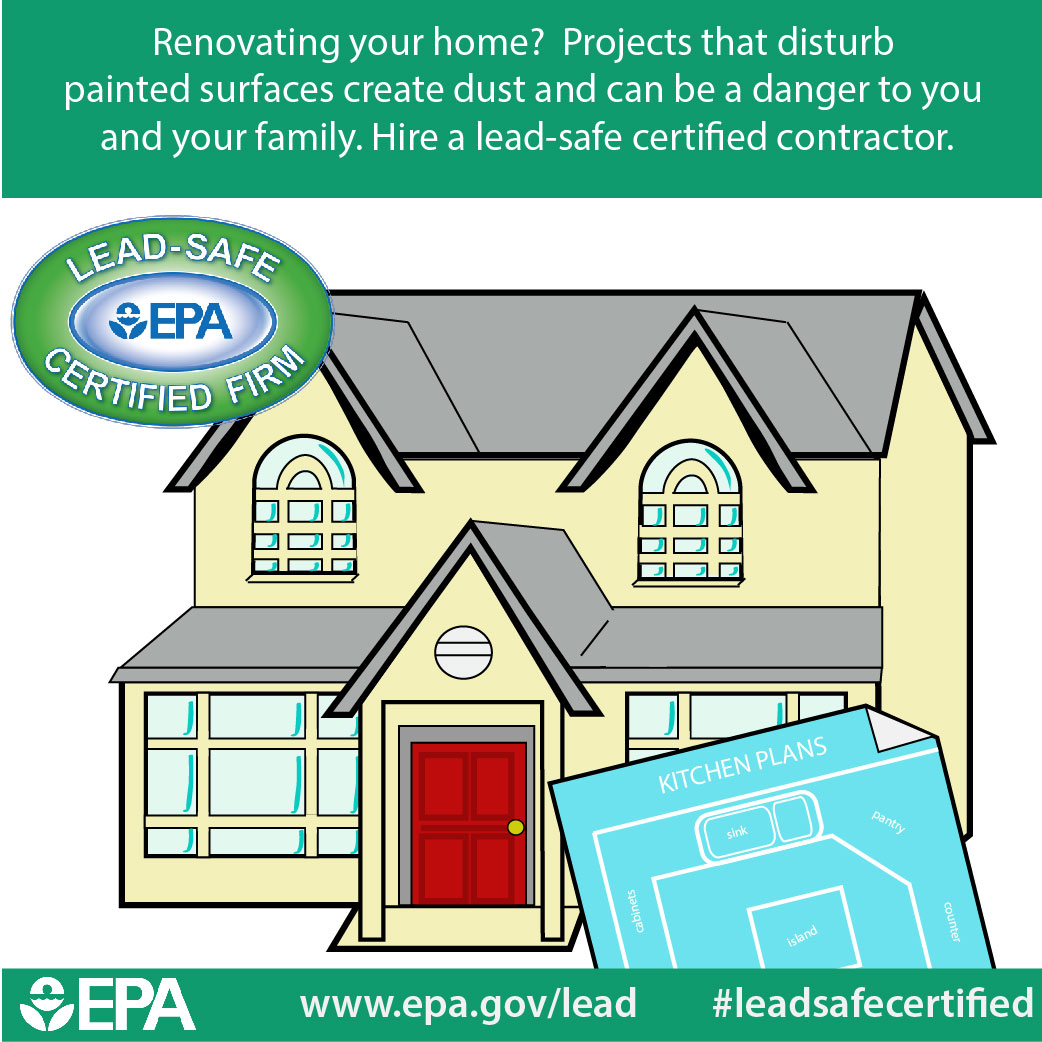Understand Exactly How Seasonal Problems Affect The Success Of Industrial External Painting And Learn The Suitable Durations To Guarantee Lasting Results For Your Job
Understand Exactly How Seasonal Problems Affect The Success Of Industrial External Painting And Learn The Suitable Durations To Guarantee Lasting Results For Your Job
Blog Article
Article Created By-Regan Rosendal
When you're preparing an industrial exterior painting task, seasonal variables can make or damage your results. You'll want to take into consideration how temperature and humidity influence paint application and drying out times. Selecting the right season can guarantee your paint sticks correctly and lasts much longer. But which periods are genuinely the most effective for this type of work? Let's discover https://interior-house-painters-n37046.blogsumer.com/33624444/home-painters-the-path-to-a-bright-inviting-and-energetic-home-establishing that can impact your job's success.
The Impact of Temperature on Paint Application
When you're planning a business outside painting task, the temperature can significantly influence just how well the paint adheres and dries.
Ideally, you intend to repaint when temperatures vary between 50 ° F and 85 ° F. If it's as well chilly, the paint may not cure correctly, bring about problems like peeling or breaking.
On the other side, if it's as well hot, the paint can dry too rapidly, stopping appropriate adhesion and causing an unequal finish.
You need to also think about the moment of day; early morning or late afternoon offers cooler temperatures, which can be a lot more beneficial.
Always check the supplier's referrals for the details paint you're using, as they frequently offer advice on the suitable temperature variety for optimum outcomes.
Moisture and Its Impact on Drying Times
Temperature level isn't the only ecological variable that affects your commercial exterior painting project; moisture plays a significant role also. High humidity degrees can decrease drying out times substantially, affecting the total quality of your paint work.
When the air is filled with moisture, the paint takes longer to cure, which can lead to issues like poor bond and a greater danger of mildew growth. If you're painting on a specifically damp day, be planned for extended wait times between coats.
It's crucial to keep track of local weather and strategy as necessary. Ideally, aim for humidity levels between 40% and 70% for ideal drying out.
Maintaining these factors in mind guarantees your project remains on track and supplies a long-term coating.
Best Seasons for Commercial Exterior Painting Projects
What's the best time of year for your business outside paint jobs?
Springtime and early loss are normally your best bets. Throughout these periods, temperature levels are mild, and humidity degrees are typically reduced, producing perfect conditions for paint application and drying out.
Prevent summer season's intense heat, which can create paint to completely dry too quickly, causing bad attachment and surface. In a similar way, winter months's cool temperature levels can prevent appropriate drying and treating, running the risk of the long life of your paint work.
Go for visit my home page with temperatures in between 50 ° F and 85 ° F for optimum results. Remember to inspect the regional weather report for rain, as damp conditions can spoil your project.
Planning around these aspects guarantees your painting job runs efficiently and lasts much longer.
Final thought
In conclusion, preparing your industrial outside paint projects around seasonal factors to consider can make a considerable difference in the outcome. By organizing job during the optimal temperature levels and humidity degrees, you'll ensure better adhesion and drying times. Remember to keep an eye on regional weather prediction and pick the correct time of year-- springtime and early loss are your best bets. Taking these actions will aid you attain a durable and specialist surface that lasts.
